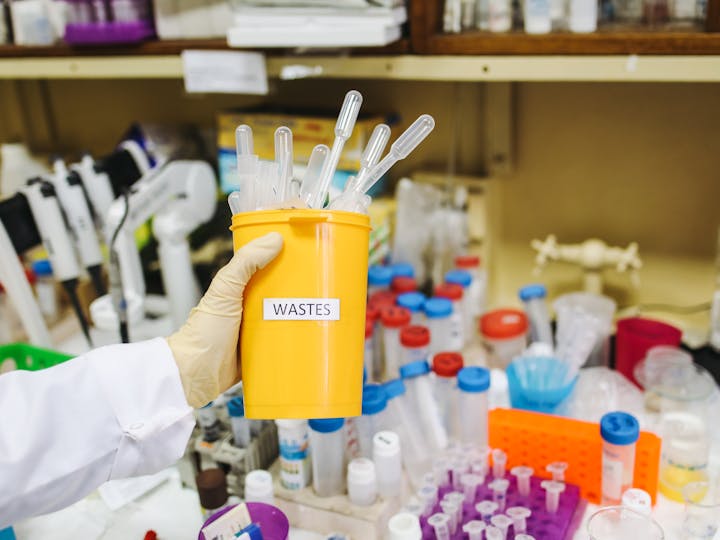In the race to innovate, laboratories across the globe have become hubs of incredible scientific progress. But behind the breakthroughs, a quieter issue is growing: lab waste. From single-use plastics to excess reagents and hazardous byproducts, modern molecular biology has an environmental footprint that can’t be ignored. Among the biggest culprits? Traditional methods of DNA synthesis.
Traditional DNA Synthesis: Reliable but Wasteful
DNA is the backbone of synthetic biology, gene therapy, diagnostics, and countless research applications. But synthesizing it at scale has long depended on legacy techniques that are anything but green. Chemical DNA synthesis, while highly reliable, typically requires toxic reagents such as acetonitrile and produces waste at nearly every step. Multiply that by millions of oligonucleotides generated worldwide each year, and you get a clearer picture of the environmental toll.
A Plastic Problem in the Lab
As labs strive for efficiency and accuracy, they often do so at the expense of sustainability. Plastic pipette tips, reaction tubes, and shipping materials pile up. Disposing of harmful reagents requires careful handling and contributes to the overall carbon footprint of scientific research. In an age when climate change and environmental degradation are pressing global concerns, it is no longer acceptable to treat lab sustainability as an afterthought.
Enzymatic Synthesis: A Cleaner Alternative
This is where the movement toward sustainable DNA synthesis is gaining momentum. New technologies are making it possible to produce DNA without the hazardous chemicals and large volumes of waste traditionally associated with the process. One standout innovation is enzymatic DNA synthesis, a cleaner and safer alternative that mimics natural DNA replication rather than relying on harsh chemical reactions.
A Shift to Sustainable Science
At the forefront of this sustainable shift is Ansa Biotechnologies. Their approach to custom DNA synthesis is designed with sustainability in mind, offering researchers high-quality oligonucleotides while significantly reducing environmental impact. By eliminating the need for toxic reagents and cutting down on disposable labware, Ansa is addressing growing concerns about lab plastics, waste, and reagent pollution directly.
Why Sustainable DNA Makes Sense
However, it is not just about being “green” for the sake of image. Sustainable DNA synthesis offers real, tangible benefits. Fewer chemicals mean lower costs for waste disposal and safer working conditions for lab personnel. Less plastic waste contributes to cleaner lab operations and supports broader institutional sustainability goals. And with the quality and fidelity of enzymatic synthesis improving rapidly, there is no need to compromise performance in the pursuit of eco-friendly alternatives.
Small Choices, Big Impact
Adopting sustainable practices in the lab does not have to involve a complete overhaul. It can start with simple choices, such as selecting suppliers who prioritize clean technology, opting for greener synthesis methods, and being mindful of resource use. Every base pair ordered from a sustainable source is a step toward a cleaner and more responsible research ecosystem.
The Future of DNA is Sustainable
The challenges facing our planet demand action from all sectors, including the life sciences. Scientists are in a unique position to drive change not only through the innovations they develop but also through the methods they use. Reducing lab waste, one base at a time, is a powerful place to start.
As the conversation around sustainability grows louder, one thing is clear: the future of DNA synthesis must be cleaner, safer, and more responsible.




